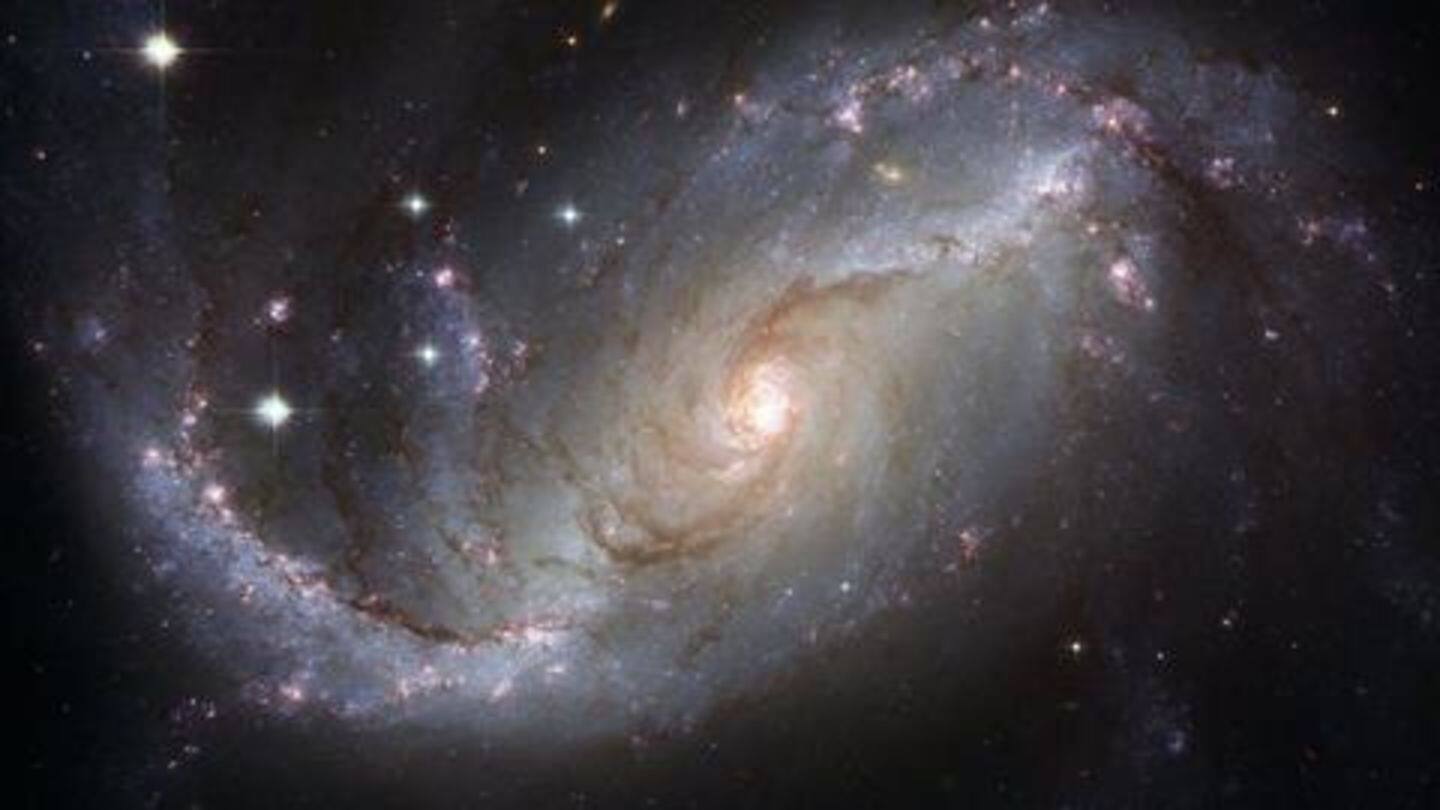
Facebook's face-detection AI can now identify galaxies; and, it's free
What's the story
An artificial intelligence (AI) program, that earlier used to recognize faces on Facebook, has been modified for a special purpose. Now, the same AI bot is capable of detecting galaxies in deep space by scanning images taken by radio telescopes. Dubbed 'ClaRAN', the AI program is open-source, and publicly available on Microsoft-owned code repository GitHub. Here are the details.
ClaRAN
Details about the inception of ClaRAN
ClaRAN was built out of Microsoft and Facebook's object detection software, and was given its galaxy-detection capabilities by big data specialist Dr Chen Wu and astronomer Dr Ivy Wong, from the University of Western Australia node of the International Centre for Radio Astronomy Research (ICRAR). The AI program is expected to have a huge impact on how telescope observations are processed.
Quote
How ClaRAN can help the scientific community
"If ClaRAN reduces the number of sources that require visual classification down to one per cent, this means more time for our citizen scientists to spend looking at new types of galaxies," said Dr. Wong, highlighting how ClaRAN can help the scientific community.
Purpose
ClaRAN can help identify 'difficult' galaxies
Specifically, ClaRAN's job is to detect radio galaxies, or galaxies that emit powerful radio jets from supermassive blackholes at their centres. For those unaware, blackholes are found at the centre of almost every, if not all galaxies. While traditional computer programs are capable of identifying 90% of radio galaxies, ClaRAN is expected to help with the detection of the remaining 10% 'difficult' galaxies.
Quote
Where ClaRAN outperforms traditional computer programs
"These supermassive black holes occasionally burp out jets that can be seen with a radio telescope. Over time, the jets can stretch a long way from their host galaxies, making it difficult for traditional computer programmes to figure out where the galaxy is. That's what we're trying to teach ClaRAN to do," explained Dr. Wong.